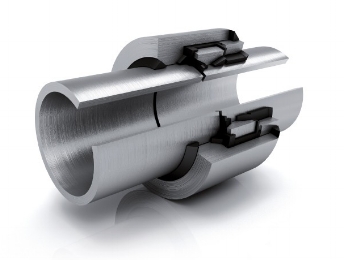The Middle East is well known for the presence of a very aggressive salty water table that sits barely a few meters below the surface. As we all know, salt and water coupled with heat are the perfect blend to create corrosion nightmare of concrete structures.
Some Facts
Concrete Cancer, often identified by flaking concrete or rust stains, which originate deep within the concrete is a serious problem caused by corroding/rusted reinforcing steel from within the concrete. As steel rusts it can expand up to 7 times its original size causing the surrounding concrete to crack. As the steel pushes the concrete away, more water gets to the steel expediting the process.
The process is generally due to:
· Presence of large quantities of water and salt
· The ends of reinforcing being too close to the surface allowing water to seep through concrete and react with the steel
· Poorly treated reinforcing steel being used in the original pour of the slab
· Fractures in the concrete allowing water to penetrate the concrete and react with the steel
What do we do?
Spalled concrete can be a safety hazard. Concrete cancer and delaminated concrete should be treated immediately as deferring the treatment will inevitably lead to increased problems into the future.
Similarly, treating the visual aspects such as rendering over the steel are short-term solutions as the rusting process will continue below the surface causing the steel to again displace the concrete and in some cases, rust so badly the steel eventually needs replacement. This approach – we call it the ‘make up’ approach – is aesthetic. In essence, the ugly bits are removed and given a nice clean looking finish, however the underlying problem is very much still present. Within a short time, the area adjacent to the area repaired is cracking and breaking and requires repair. You are back to square one.
The Real Stuff…
The appropriate and effective treatment necessary is cathodic protection – an electrochemical method of arresting corrosion for an extended period of time – ranging from 5 years to 50 years.
Ducorr’s SHIELD™ technology is easy to install into dilapidated atmospherically exposed concrete areas and achieve excellent corrosion protection. The system uses permanent power to provide sustained protection by simply making the corrosion reaction impossible to occur. There’s lots of thermodynamic theory behind, which would be too long for this article – but in essence cathodic protection is the ONLY method that address corrosion at an elemental level eliminating the possibility of any further damage.














